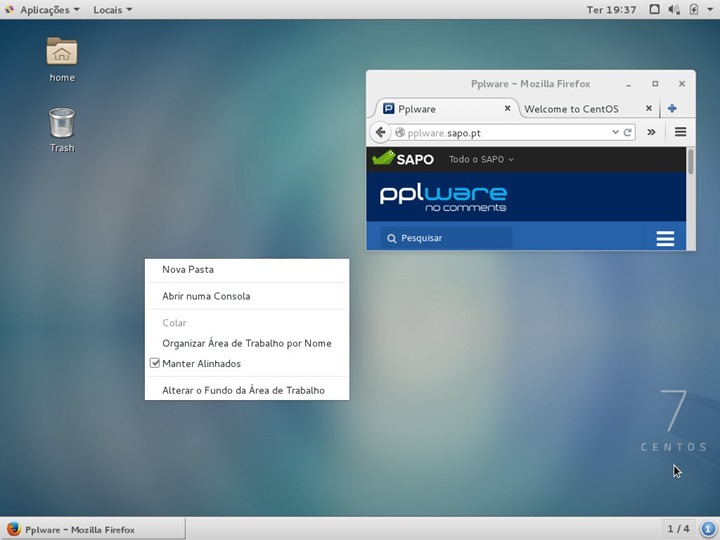

- #Install imagemagic centos how to
- #Install imagemagic centos install
- #Install imagemagic centos software
- #Install imagemagic centos download
# echo " extension=imagick.so" > /etc/php.d/imagick.ini
#Install imagemagic centos install
Now are are going to install ImageMagick php extension, So that we can use it through php code. ImageMagick sudo apt-get install imagemagick 3. Install ImageMagick PHP ExtensionĪt this point you have successfully installed ImageMagick package on your system. 231 CentOS release 3.6 (Final)192.168.100.234 CentOS release 4.3 (Final). # yum install ImageMagick ImageMagick-devel Install ImageMagickĪfter installing required packages, let’s install ImageMagick using following command. We can easily install image magick on linux centos by following the below given steps : yum install make yum install gcc yum install php php-fpm. # yum install gcc php-devel php-pear Step 2. Install Required Packagesįirst we need to install required packages in order to install ImageMagic and IMagick PHP extension. This article will help you to install ImageMagick on CentOS, RHEL Servers Step 1. Also we can use it from any programming language by using its interface like Magick.NET (.Net), IMagick (PHP), PerlMagick (Perl) etc. ImageMagick is typically used from command line. We can also use ImageMagick to resize, flip, mirror, rotate, distort, shear and transform images, adjust image colors, apply various special effects, or draw text, lines, polygons, ellipses and Bézier curves. It can read and write images in a variety of formats like GIF, JPEG, PNG, Postscript, and TIFF.

#Install imagemagic centos software
This applies for any other pecl extension that you would like to install on an older PHP version.ImageMagick is a software suite to create, edit, compose, or convert bitmap images. This would basically install Imagick 3.1.2 which is compatible with the PHP 5.3 version. How can I install imagick on a RHEL/CentOS/OL 8 server and get it to work with WordPress I tried installing the ImageMagick package and that did nothing. Then install ImageMagick: yum install -y ImageMagick ImageMagick-devel. sudo dnf install ImageMagick ImageMagick-devel ImageMagick-perl After the installation is completed, execute the below command to verify the existence of the ImageMagick on your system by checking the version of the application. In our case we could go ahead and run the following: Execute the below command to install all the packages on your RHEL/Fedora/CentOS/Alma Linux system.

What you would need to do in this case is to go to and check which version is compatible with your PHP installation. In our case PHP 5.3 would not work with the newest imagick release and you would get an error that the extension requires a newer PHP version. ImageMagick is an image manipulation program.
#Install imagemagic centos download
This is due to the fact that pecl would try to download and install the newest version of the extension that you are trying to install. ImageMagick-devel contains the static libraries and header files youll need to develop ImageMagick applications using the Magick++ C++ bindings.
#Install imagemagic centos how to
See also How to Setup a Dedicated Server for your Website in Just 9 Steps. If the installation was successful, you should see imagick in the output. linuxImageMagick ImageMagick shell> rpm -qa grep ImageMagick ImageMagick shell> rpm -Uvh ImageMagick-6.3. In this article, I’m going to show how to install the Imagick PHP extension on RHEL/CentOS 7. To verify that the Imagick PHP extension is installed and enabled, you can use the php -m command to list all the loaded PHP modules: php -m grep imagick.

However this does not always work for some outdated PHP version. Install ImageMagick (Imagick) on Centos 8. The standard way of installing any PHP pecl extension would be to run pecl install NAME-OF-EXT. You need to find the remi section and enabled0 change it to enabled1. Install ImageMagick on CentOS / cPanel/WHM for an Older PHP Version 5.3 Use your favorite text editor to open /etc//remi.repo.


 0 kommentar(er)
0 kommentar(er)
